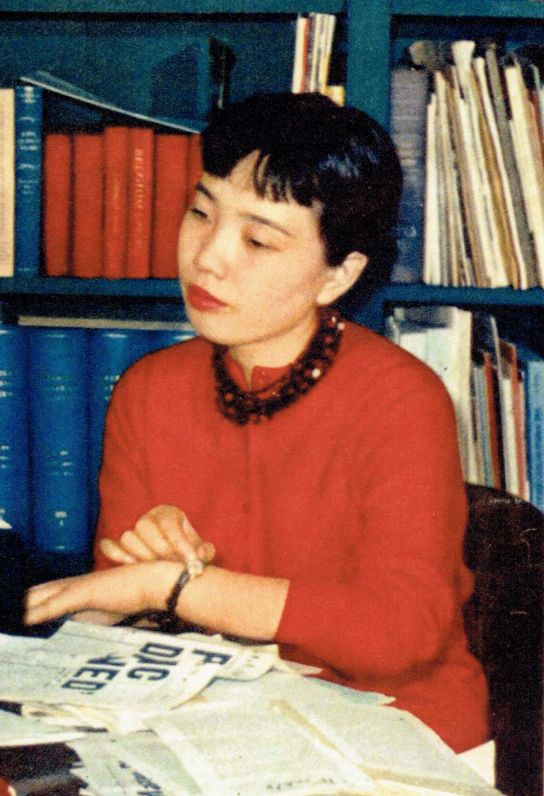‘The River Ki’ and the Legacy Left by Women
In her novel, author Sawako Ariyoshi questions what is passed down from woman to woman over three successive generations.

© Public Domain
Sawako Ariyoshi is considered to be the Japanese Simone de Beauvoir and, in The River Ki, the author explores the filial bonds that connect women to their mothers and their own daughters. She reveals how, over the years, certain traditions are repeated before being shattered, due either to a deliberate choice or a societal change.
In this short novel published in Japan in 1959, the reader follows three generations of Japanese women between the late 19th century and the end of the Second World War. They are all members of the Kimoto family, who hail from Wakayama valley in the south of the Kansai region. Hana, her daughter Fumio, and granddaughter Hanako are the protagonists in this story that sheds light on both family issues and the changes shaking up Japanese society, and their negative impacts on women’s status.
Between tradition and emancipation
Sawako Ariyoshi takes the reader inside the Japanese household, a terrain where power struggles occur between respect for age-old traditions and a desire for emancipation. These three women have thrown off their shackles, each one in their own way and through their choices, whether unconscious, voluntary or constrained. What could be taken for a little story in the grand scheme of history in fact says a great deal about what goes on in this country marked by war and forced to open itself up to the rest of the world.
The River Ki (1959) by Sawako Ariyoshi was published in 2004 by Kodansha.

© Folio
TRENDING
-
The Tattoos that Marked the Criminals of the Edo Period
Traditional tattoos were strong signifiers; murderers had head tattoos, while theft might result in an arm tattoo.

-
Chiharu Shiota, Red Threads of the Soul
Last year, more than 660,000 people visited the retrospective 'Chiharu Shiota: The Soul Trembles' exhibit at the Mori Art Museum.

-
‘Before Doubting Others, Doubt Yourself. Who Can Truly Say a Dish Isn’t What It Used to Be?’
In ‘A Non-Conformist’s Guide to Surviving Society’, author Satoshi Ogawa shares his strategies for navigating everyday life.

-
The Story of Sada Yacco, the Geisha who Bewitched Europe
Described by Dazed magazine as the first beauty influencer, she has been restored to her former glory since 2019.

-
Ito Jakuchu's Naturalist Paintings
From 15 September until 14 October 2018, the Petit Palais showcased the artist's iconic ‘Images of the Colourful Realm of Living Beings’.





